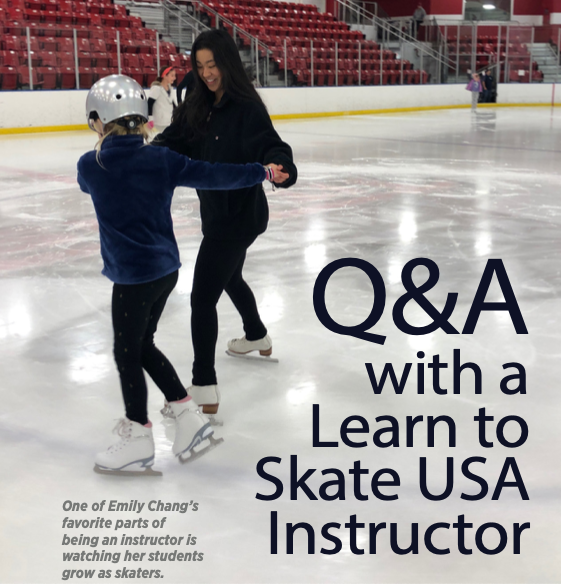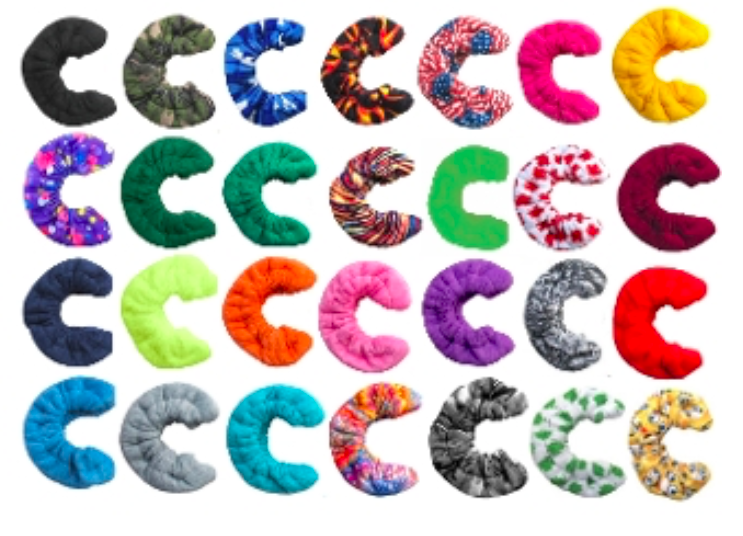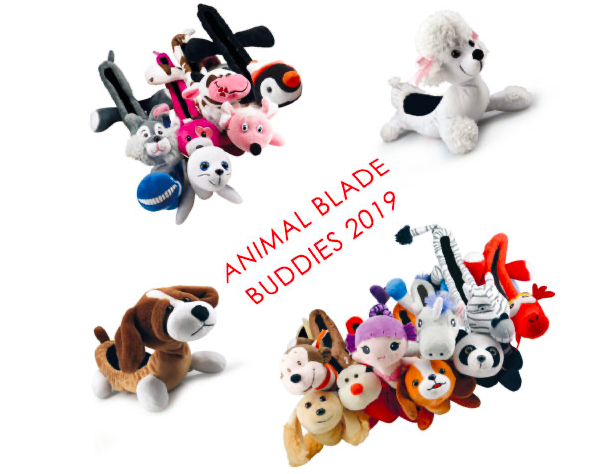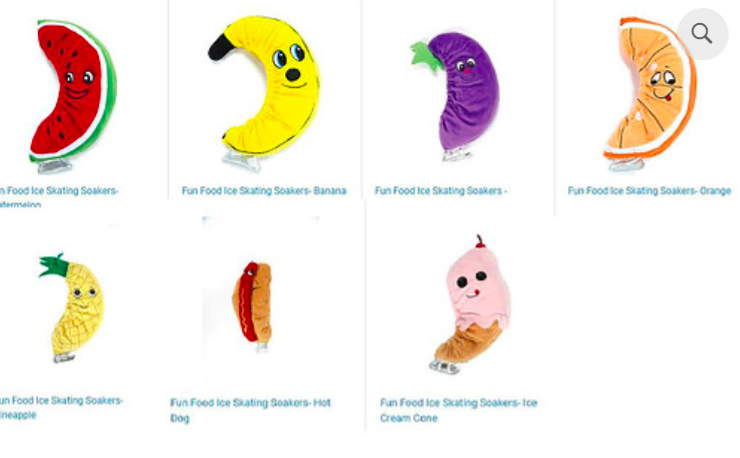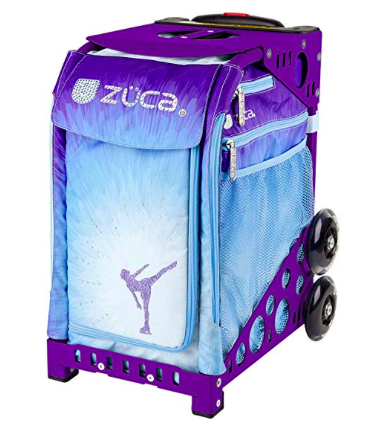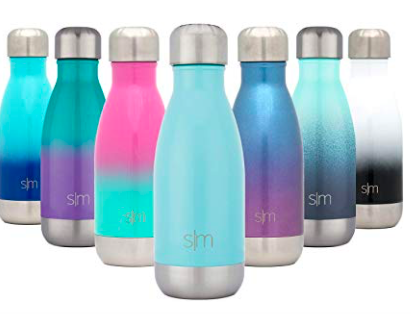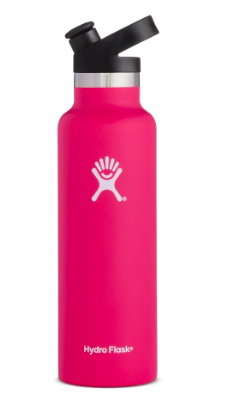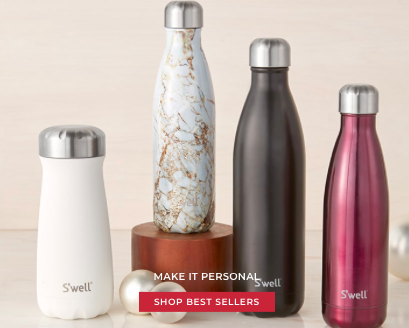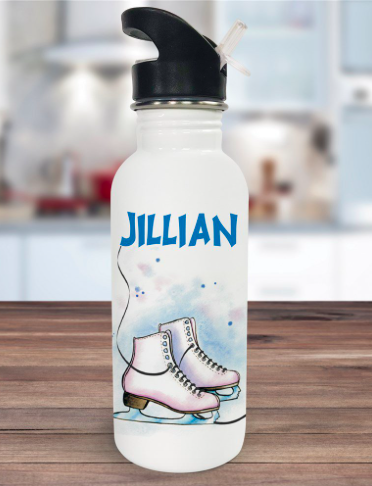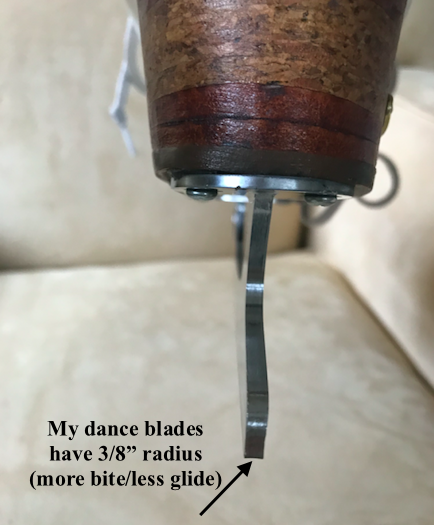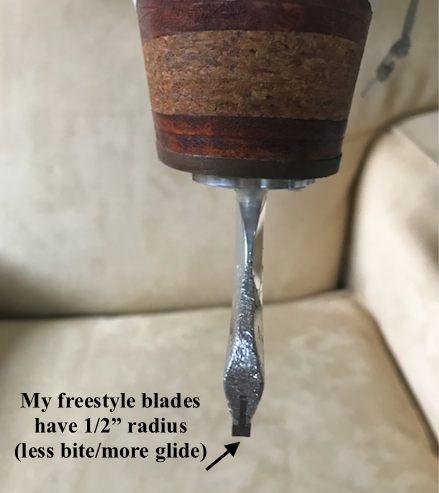I am often asked this question by my Learn-to-Skate USA parents, particularly those whose children are taking high level basic skills group classes. To determine if your skater should join a club, I like to ask my skaters and parents the following questions …
Does your skater genuinely enjoy being on the ice?
Do you find your skater wanting to stay on the ice after group class is over to further practice?
Does your skater ask to go to the rink and/or want more lessons every week?
Does your skater like to perform and/or compete beyond basic skills?
Does your skater want to make new friends who share the same interest?
If you answer ‘yes’ to any of the above questions, then it may be time for your child to join a local figure skating club.
What are the different US Figure Skating (USFS) memberships available for Learn-to-Skate members?
Beginner skaters generally start in group classes such as the Learn-to-Skate USA program, and then join a local skating club once they are more advanced.
The Learn-to-Skate USA membership is an introductory membership into US Figure Skating. As a Learn-to-Skate member, you can only participate in the program’s basic skills group classes, shows, and competitions.
However, if your skater is ready to compete beyond basic skills and ready to take tests, then it may be time to consider being a full USFS member.
You can sign up to become a USFS member in two ways-
1) Individual Membership
USFS provides an individual membership which allows a skater to participate in all USFS sanctioned events. Annual membership runs from July 1 to June 30 and includes a copy of the Rulebook, a monthly subscription to SKATING magazine, and a lapel pin (first year only).
The individual membership is offered at the first family, subsequent, and collegiate levels which allow a skater to become a USFS member without joining a club. The cost of individual membership is $144 per year and additional family members may join at a cost of $65 per year.
2) Join Through A Local Figure Skating Club
I think the best way to be a part of USFS is to join through a local figure skating club. You can find the nearest club by using this search tool, https://www.usfigureskating.org/skate/find-a-club
Local clubs set their own membership dues and will submit your application and payment to USFS, making you both members of the local club and USFS.
There are four different USFS membership categories (in addition to club membership fees)-
Introductory - This is only available through a local club for first time full members at a discounted rate of $30 and $24 for subsequent introductory member
First Family - The first family member to register for a full individual membership receives all privileges of a full USFS membership. First family membership in a club is $60 yearly.
Subsequent - This option is available for related persons residing at the same address as a first family member. Subsequent family members join at a reduced rate of $24 and enjoy the privileges of full membership.
Collegiate - This four-year membership is available to college students at a reduced rate and can be purchased through any club for $70 or individually through USFS for $170.
What are the benefits of joining a local figure skating club?



